Le monde dans un tableau - Le chapeau de Vermeer (2020)
Gênero : Documentário
Runtime : 1H 16M
Director : Nicolas Autheman
Sinopse

Katharine Watson (Julia Roberts) é uma recém-graduada professora que consegue emprego no conceituado colégio Wellesley, para lecionar aulas de História da Arte. Incomodada com o conservadorismo da sociedade e do próprio colégio em que trabalha, Katharine decide lutar contra estas normas e acaba inspirando suas alunas a enfrentarem os desafios da vida.

Ano de 1814. Cidade de Edo (atual Tokyo). Um artista já realizado em vida e agora de meia idade, Tetsuzo tem em suas mãos clientes de todo japão e incansavelmente trabalha em sua "cheio-de-lixo" e caótica casa/ateliê. Ele passa seus dias criando incríveis obras de arte, desde um retrato gigantesco de Bodhidharma em 180 m² de papel, a dois pardais pintados em um grão de arroz. De temperamento curto, extremamente sarcástico, sem paixão por motivo ou dinheiro, ele investiria uma fortuna por qualquer trabalho que ele tivesse realmente interessado. Terceira das quatro filhas de Tetsuzo e nascida de seu segundo casamento, autodeclarada de 23 anos, O-Ei herdou o talento de seu pai e teimosia, várias das vezes ela quem pintava ao invés do pai, mesmo que descreditada. Sua arte é tão poderosa que algumas vezes gerava problemas.

A rainha Elizabeth I visita a Grã-Bretanha do final do século XX para encontrar uma paisagem deprimente onde a vida mudou desde seu tempo.
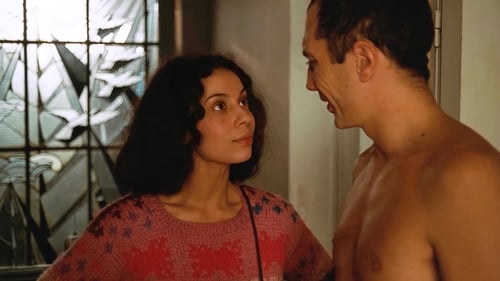
A estudante de arte Sabine está cansada da vida livre e fácil de solteira e decide que quer se casar. Em uma festa de casamento, ela conhece Edmond e planeja um romance na própria cabeça, visto que ele não está propriamente interessado.
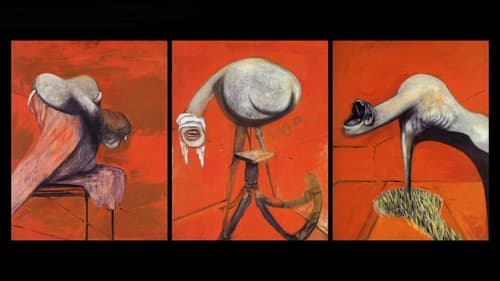
In this unique, compelling film, those who knew him speak freely, some for the first time, to reveal the many mysteries of Francis Bacon.

Claude Monet was an avid horticulturist and arguably the most important painter of gardens in the history of art, but he was not alone. Great artists like Van Gogh, Bonnard, Sorolla, Sargent, Pissarro and Matisse all saw the garden as a powerful subject for their art. These great artists, along with many other famous names, feature in an innovative and extensive exhibition from The Royal Academy of Arts, London.
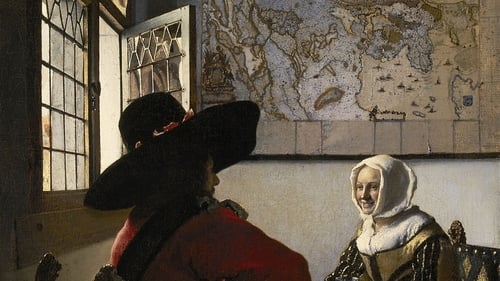
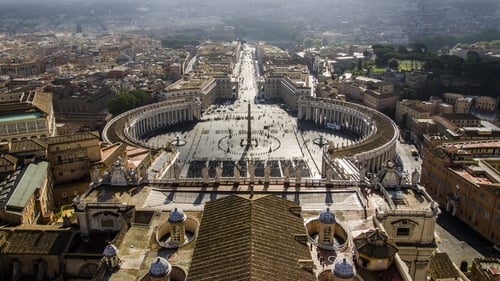
What started as a simple tomb became over a 2,000 years history the universal seat of Christendom and is today one of the most visited museum in the world with invaluable collections of Arts, Manuscripts, Maps. Using spectacular 3D modelisation and CGI to give viewers as never before a true understanding of the history of this architectural masterpiece and its extensions, the film will also use animation to tell relevant historical events. This heritage site reveals new untold secrets with the help of historians deciphering the Vatican’s rich archives and manuscripts collection and following the restorations at work (newly discovered frescoes by Raphael) and recent excavations. A story where Religion, Politics, Arts and Science meet to assert religious authority and serve as a spiritual benchmark.
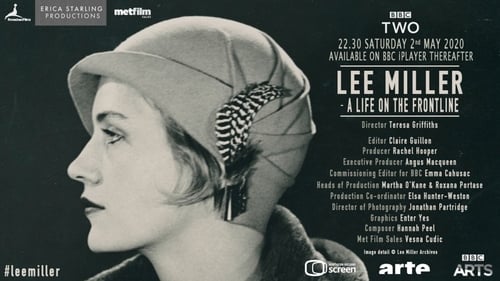
A documentary celebrating Lee Miller, a model turned photographer turned war reporter who defied anyone who tried to pin her down, put her on a pedestal or pigeonhole her in any way. The film's director, Teresa Griffiths, and editor, Clare Guillon, won the 2021 British Academy Television Craft Awards for Factual programs.

This made-for-TV documentary introduces the layperson to concepts and technologies that were emerging in computer interface design in the late 1980s and early 1990s: hypertext, multimedia, virtual assistants, interactive video, 3D animation, and virtual reality.
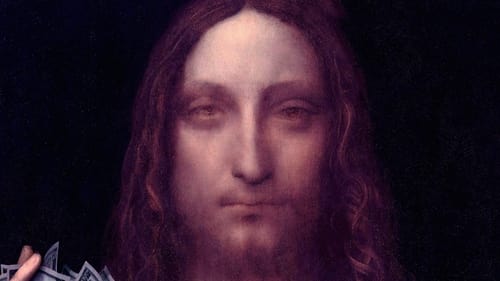
In November 15, 2017, the painting Salvator Mundi, attributed to Italian artist Leonardo da Vinci (1452-1519), was sold for an unprecedented $450 million. An examination of the dirty secrets of the art world and the surprising story of how a work of art is capable of upsetting both personal and geopolitical interests.

The many references in contemporary film to Edward Hopper's works, as well as the widespread reproduction of some of his paintings have made his universe familiar to many. His unclassifiable figurations weave a dialogue between appearances and light, between the unmistakeable and enigma. Focusing on the artist's personal life in the context of 20th century America, "Edward Hopper and the Blank Canvas" bears witness to a fiercely independent painter, who was aware of the issues of his era, and who was hostile to the imprisonment that a modern American art opposing realism and abstraction could lead him to. This film brings the artist to life, transposing his realist and metaphysical poetry. It is a subtile and passionate work, which at last unveils one of the most important painters of American modernity.

A film that looks at the genius of JMW Turner in a new light. There is more to Turner than his sublime landscapes - he also painted machines, science, technology and industry. Turner's life spans the Industrial Revolution, he witnessed it as it unfolded and he painted it. In the process he created a whole new kind of art. The programme examines nine key Turner paintings and shows how we should re-think them in the light of the scientific and Industrial Revolution. Includes interviews with historian Simon Schama and artist Tracey Emin.
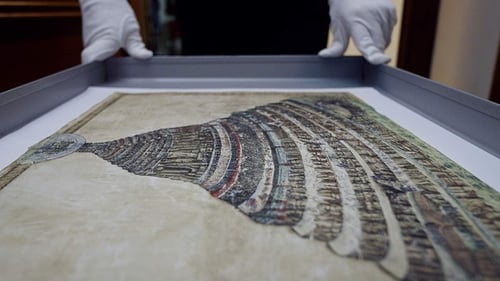
The Renaissance master Botticelli spent over a decade painting and drawing hell as the poet Dante described it. The film takes us on a journey through hell with fascinating and exciting insights into Botticelli's art and its hidden story.

For more than a decade, Reichsmarschall Hermann Göring, Adolf Hitler's right-hand man during the infamous Third Reich, assembled a collection of thousands of works of art that were meticulously catalogued. Why did he steal entire collections, mainly those belonging to Jewish families, ultimately victims of the Shoah? Was it to satisfy his aesthetic ambitions and his insatiable personal greed or was he acting in the common interest of the Nazi rulers?
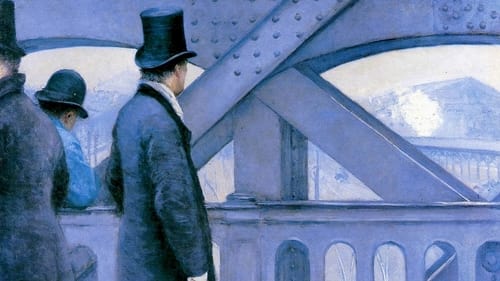
Throughout the 19th century, imaginative and visionary artists and inventors brought about the advent of a new look, absolutely modern and truly cinematographic, long before the revolutionary invention of the Lumière brothers and the arrival of December 28, 1895, the historic day on which the first cinema performance took place.

Year 1763, the Seven Years' War is about to end. August III, Elector of Saxony and King of Poland, has died, leaving empty the royal treasury and an extraordinary collection of paintings, sculptures, jewelry and goldsmith masterpieces, which he considered a symbol of his greatness, and that of Dresden, one of the European capitals of Baroque art.

Sometimes reduced to the image of a cursed artist, Amedeo Modigliani, an admirer of the masters of the Italian Renaissance, has traced an unparalleled path in modern art.

Exhibition on Screen's latest release celebrates the life and masterpieces of Hieronymus bosch brought together from around the world to his hometown in the Netherlands as a one-off exhibition. With exclusive access to the gallery and the show this stunning film explores this mysterious, curious, medieval painter who continues to inspire today's creative geniuses. Over 420,000 people flocked to the exhibition to marvel at Bosch's bizarre creations but now, audiences can enjoy a front row seat at Bosch's extraordinary homecoming from the comfort of their own home anywhere in the world. Expert insights from curators and leading cultural critics explore the inspiration behind Bosch's strang and unsettling works. Close-up views of the curiosities allow viewers to appreciate the detail of his paintings like never before. Bosch's legendary altarpieces, which have long been divided among museums, were brought back together for the exhibition and feature in the film.

















